At 12:13 p.m. of June 2nd, the scientific experiment satellite Luojia-1ofWuhan University was launched on the Long March-2D rocket atJiuquan Satellite Launch Center. The satellite was successfully sent into the pre-selected orbit at 12:27:03 p.m. By the press time, it works well and enters the phase of In-Orbit Test (IOT).
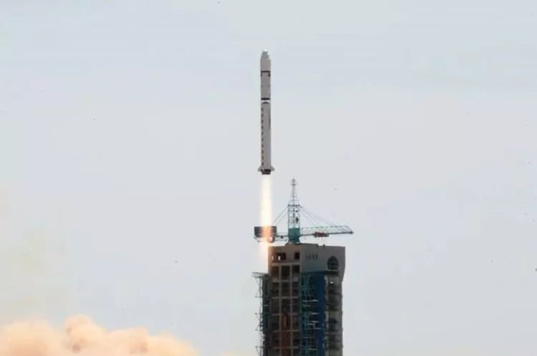
The Luojia-1 satellite launched on the Long March-2D rocket
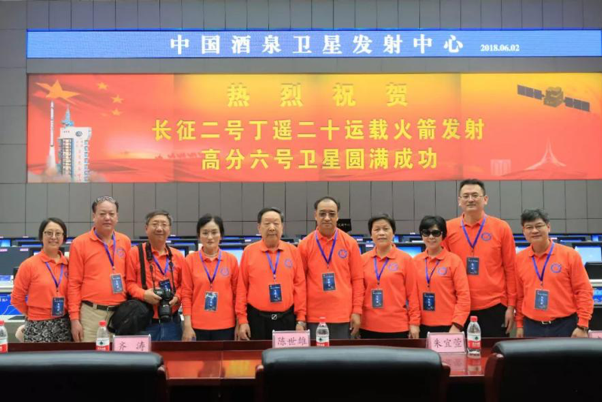
Scientists and related personnel at the Jiuquan Satellite Launch Center
The satellite was initiated by WHU and co-developed by WHU Chang Guang Satellite Technology Co., Ltd. This is the first satellite of the “WHU’s Luojia-1 scientific experiment satellite” series. It is mainly used to test and verify the technologies of low-orbit night-time light remote sensing and navigation signal enhancement, etc.
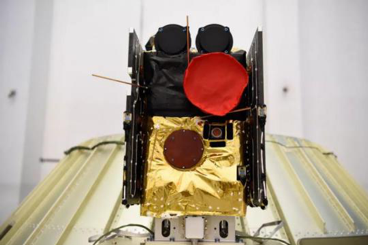
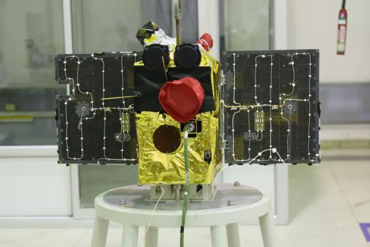
Luojia-1 Satellite
The research team started the design of the satellite functions based on the current domestic gap of “Nighttime Light Remote Sensing” and the needed “Low-orbit Satellite Navigation Enhancement” .Luojia-1has a resolution of 130 meters and under ideal circumstances, can produce global night-time light images within 15 days. Also, it is able to provide such thematic products as domestic and global GDP index, carbon emission index, urban housing vacancy rate index, etc. Through the dynamic monitoring on domestic and global macro-economic performance, it can also provide objective bases for government decision-making.
Meanwhile, equipped with the navigation enhancement load, Luojia-1 can conduct verification tests of satellite navigation signal enhancement and satellite-based BeiDou integrity monitoring technique. Thus, it provides the experimental foundations for China’s research on key technologies of a new generation of navigation signal enhancement and the construction theory of integrated spatial information systemof “one satellite with multiple functions”.
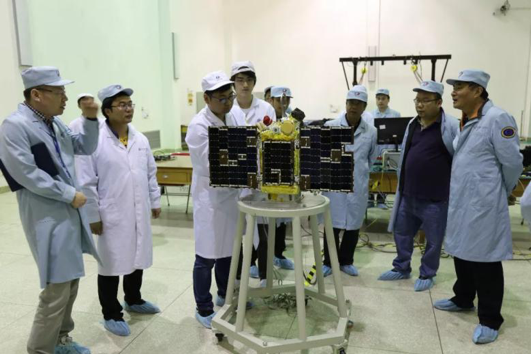
A team discussion
The research and development team are composed of Collaborative Innovation Center of Geospatial Technology (CICGT), State Key Laboratory of Information Engineering in Surveying, Mapping and Remote Sensing (LIESMARS), School of Remote Sensing and Information Engineering and High-resolution Earth Observation System-Hubei Data and Application Center, etc. Academician Li Deren, director of CICGT, serves as the chief scientist. The research and development are led and supervised by Zhang Guo, Professor from LIESMARS and some other experts.
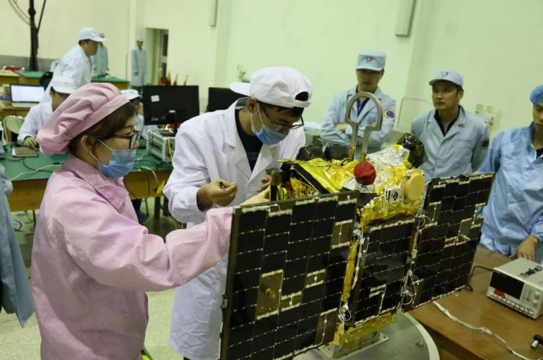
Multi-layerreorganization after the comprehensive test on satellite
As the first satellite of the scientific experiment satellite project of Luojia-1 series, Luojia-1 project started in 2005 with the aim to research on space-based information real-time intelligent services system(SBIRISS) of “one satellite with multiple functions, multi-satellite networking, multiple network cooperation and real-time services” by developing and launching multiple earth-observing low-orbit satellites with satellite-based navigation augmentationcapability. It can also promote the integrated construction of SBIRISS on positioning, navigation, time service, remote sensing and communication (PNTRC). In the next 5 years, another two satellites will be launched to realize around-clock, all-weather and all-terrain fast real-time space-based information services.
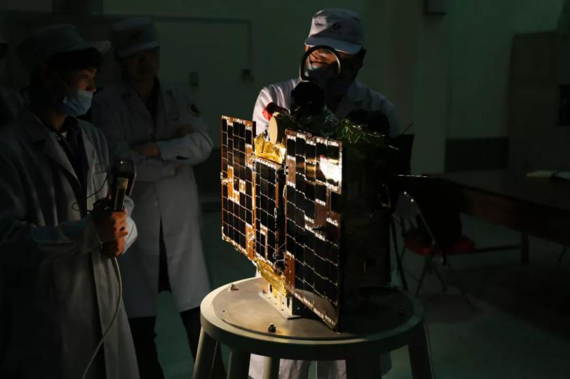
The solar battery array inspection of satellite
Gaofen-6 satellite was the main satellite of this mission. It is a low-orbit optical remote sensing satellite of the National High-resolution Major Special Project, characterized by high-resolution, wide-coverage, high-quality and high-efficiency imaging, etc. What’s more, it helps in agricultural resources monitoring, forest resources investigation, disaster prevention, mitigation and rescue, etc. Furthermore, it provides remote sensing data support for major demands from ecological civilization construction and rural vitalization. The Long March-2D rocket was designed and manufactured by Shanghai Academy of Spaceflight Technology (SAST), also known as the Eighth Academy of CASC. This is the 40thtentative launch of the Long March-2D rocket, also marking the 276th mission of the Long March rocket series.
(Rewritten by Ge Chao)
(Edited by Zheng Lingling, Shen Yuxi, Liu Jiachen and Liu Xiaoli)


